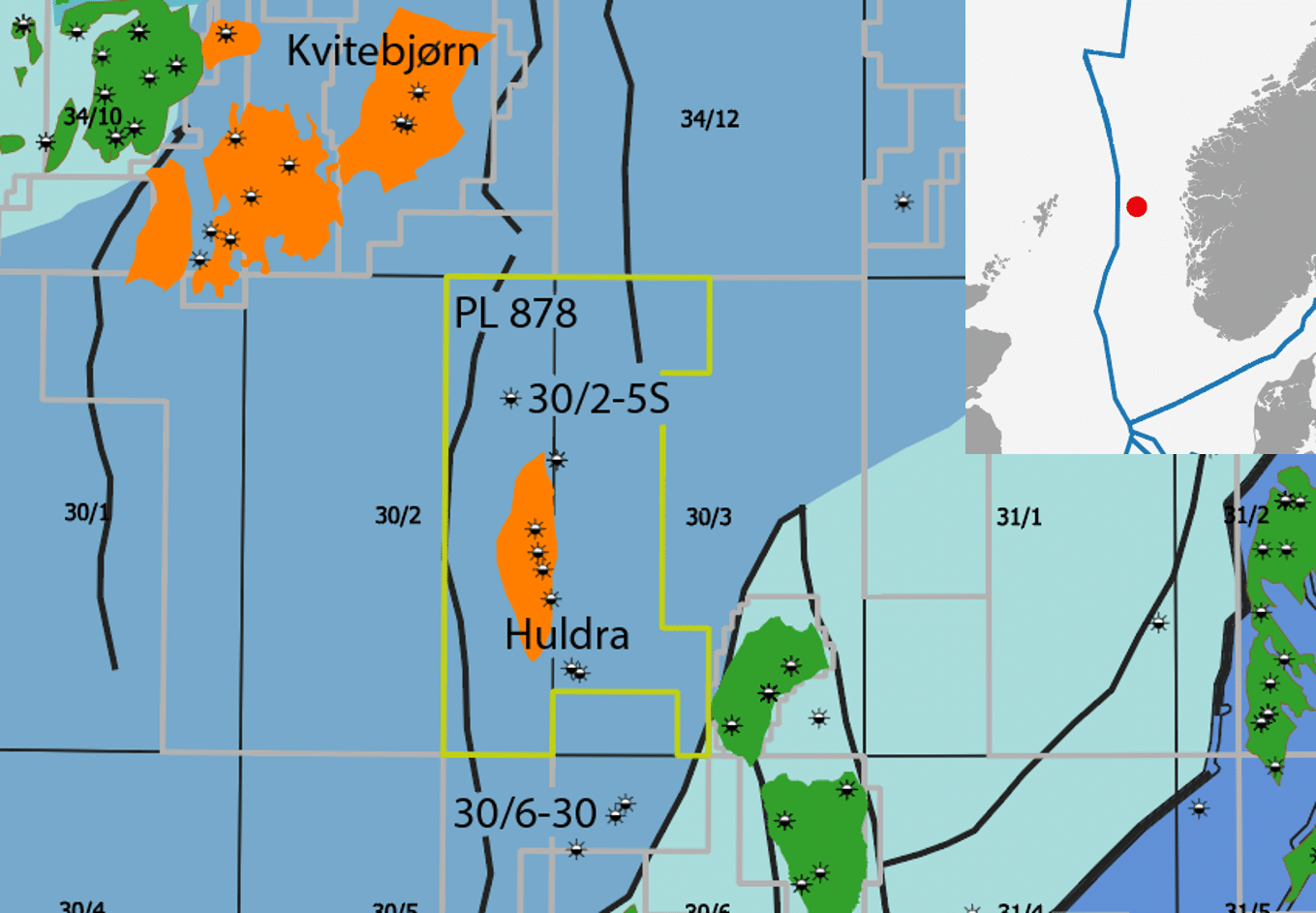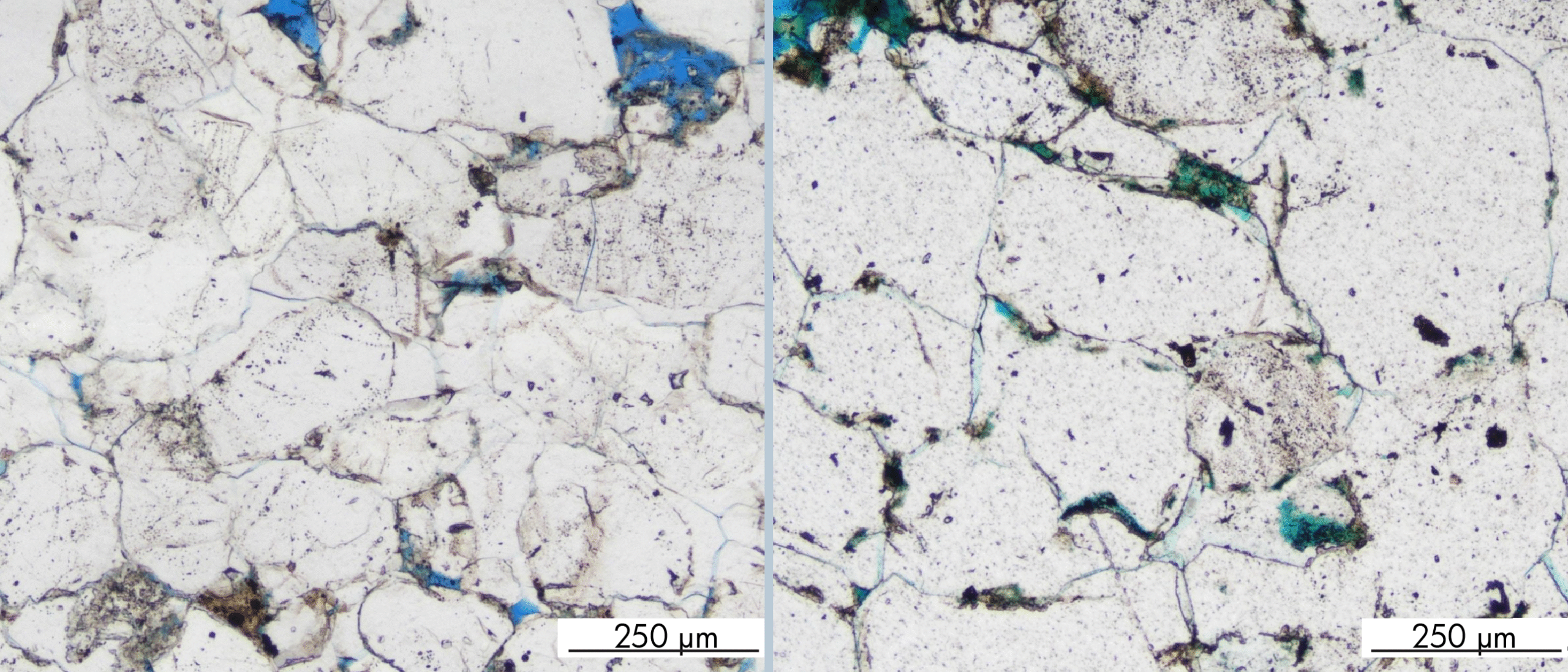Today, Equinor announced the discovery of a 160 m gas column in the Brent Group through drilling 30/2-5S in the PL 878 licence. The licence was awarded in the 2016 APA round and the partners are Source Energy AS (20%) and Wellesley Petroleum AS (20%).
Preliminary estimates indicate a recoverable volume of 3 to 10 million standard cubic meters of oil equivalent, which equates to 19 to 63 mmboe.
The well was drilled to a total depth of 4359 m and terminated in the Lower Jurassic Drake Formation.
To the north of the discovery lies the Equinor-operated HPHT Kvitebjørn field, which also produces gas and condensate from the Brent Group sandstones. Production from Kvitebjørn started in 2004.
Kvitebjørn is a field in the Tampen area in the northern part of the North Sea, 15 kilometres southeast of the Gullfaks field. Kvitebjørn produces gas and condensate from Middle Jurassic sandstone in the Brent Group. Secondary reservoirs are in the Lower Jurassic Cook Formation and Upper Triassic Statfjord Group. The reservoirs lie at a depth of 4,000 metres and initially had high pressure and high temperature (HPHT). The reservoir quality is good.
South of the discovery well is the Huldra field, which produced gas and condensate from Brent sandstones up to 2014.
Huldra is a field in the northern part of the North Sea, 16 kilometres west of the Veslefrikk field. Huldra produced gas and condensate from sandstone of Middle Jurassic age in the Brent Group. The reservoir is in a rotated fault block at a depth of 3,500-3,900 metres, and initially had high pressure and high temperature (HPHT). There are many small faults in the field and two main segments without pressure communication.
The discovery lies in an area where the Brent reservoirs and the associated source rocks are exceptionally deeply buried – the central part of the Viking Graben. This area is represented by the dark blue colour on the map. It is therefore not a surprise that this area of the Northern North Sea is mainly characterised by gas and condensate finds.
Within the 160 m gas column, the well encountered 60 m of pay. The Rannoch Formation included 5 m of poor quality reservoir, the Etive Formation proved 15 m of moderate quality reservoir, the Ness Formation contains 30 m of poor to moderate quality reservoir and finally the Tarbert Formation hosts 10 m of poor to moderate quality reservoir.
Migris, the company that describes and reduces geological and economical exploration risk by simulating geological processes and visualizing the results in interactive 3D-models, predicted a high chance of success in this well.
According to their basin modelling runs, the area around well 30/2-5S had a 99% chance of having experienced hydrocarbon migration. This makes the well part of their class A wells, which previously has shown a 93% probability of finding hydrocarbons.
https://www.geoexpro.com/exploration/success-for-migris-prediction/
In 2018, Faroe Petroleum announced a small gas and condensate discovery in Ness Fm sandstones by drilling the Rungne prospect (30/6-30). However, the combined estimated volume of 2.7 – 17 million barrels of oil equivalent did not warrant commercial development.
HENK KOMBRINK





